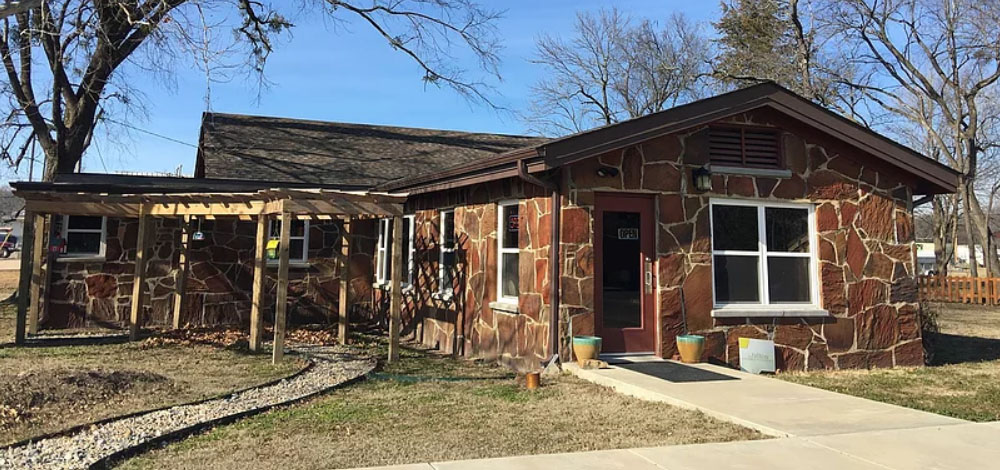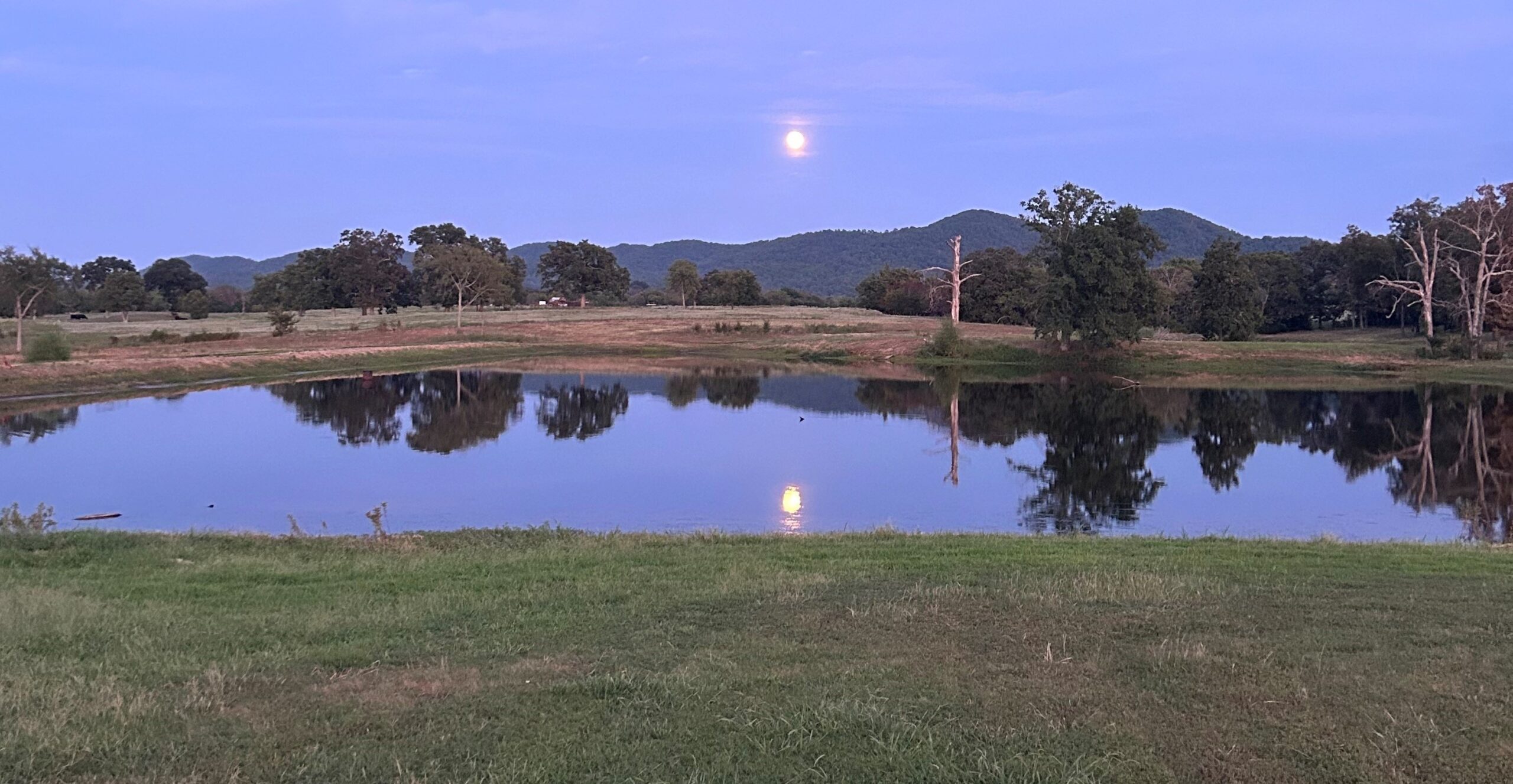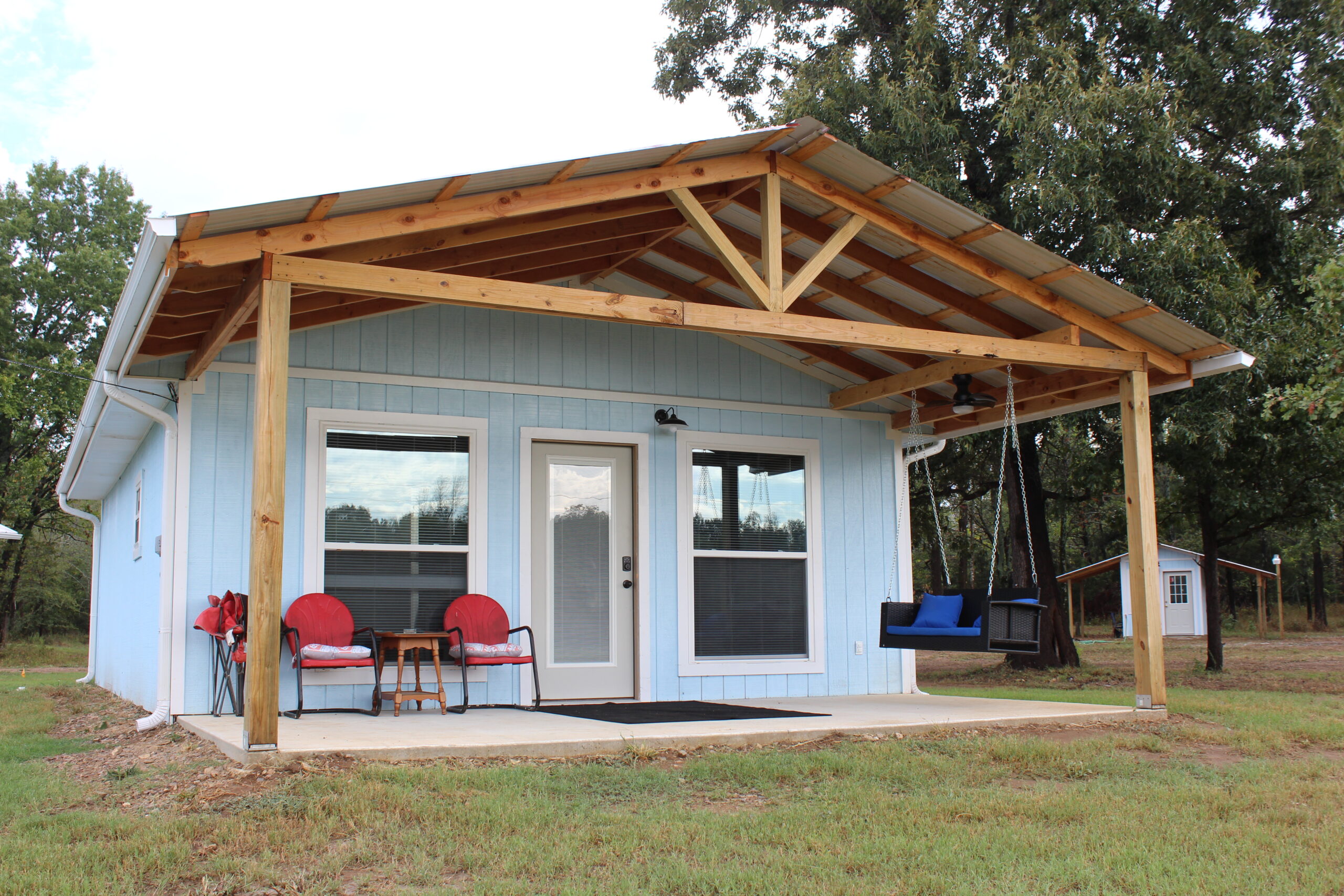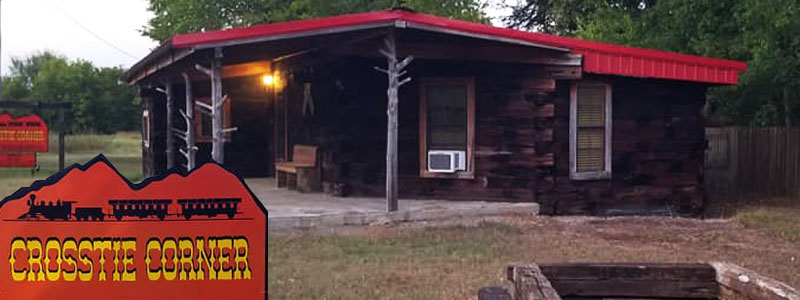From Wagon to Homestead: A Pioneers Journey to Talihina
Across our many projects to preserve local history, we often come across gems that have been lost to time. But sometimes you find something so riveting, so golden that you just HAVE to share it.
This week, our special gem is a series of interviews conducted with pioneers of Indian Territory.
Our first interview, conducted by Johnson H Hampton in 1937, chronicles the life of W. M. Gardener who recalls his moving to Talihina by wagon in the late 1800s and landing in our beautiful corner of the world. Page after page he recalls many details about Talihina, Tuskahoma and where he worked and lived. The history truly bleeds from this typewritten interview.
A remarkable read for anyone interested in our area and its rich history in lumber, rail, cotton and agriculture.
Below is an exact transcription of the interview conducted by:
Johnson H. Hampton
August 10, 1937.
Interview with W. M. Gardener
Tuskahoma, Oklahoma
Born November 4, 1864, Saint Charles, Missouri.
I was born November 4, 1864, at Saint Charles, Missouri, and moved to Talihina, Oklahoma, then Choctaw Nation in 1887. My sister, a man by the name of R.B. Hendricks, and myself together moved here and located at Talihina. My father died in Missouri, and my mother died in Jack County, Texas.
We came over in a covered wagon drawn by three yoke of oxen. When we located at Talihina, we lived in a sawmill shack. We had no furniture except what we brought in our wagon, and that was very little. When we got located I went to work on the mountain, logging for a sawmill. The sawmill was owned by Herome Clayton. I logged with oxen. The country around there was fine as it had good grass, and we did not have to feed our stock but very little. The Oxen I had to log with had to be fed. I left there and came to Tuskahoma, a small town on the Frisco Railroad, where I logged for the Long-Bell Lumber Company woh was running a sawmill near Tuskahoma in the mountains. I still used my oxen to log with. I then quit there and went to logging for Al Chaney, who was running a sawmill out in the mountains. I used eight yoke of oxen on this job. I worked for him for a while then quit and went to logging for R. N. Hurd, who was running a sawmill near there. I was using my oxen on this job. We had to use oxen for the country was yet wild and no roads anywhere. We had to make our own roads to get out of the mountains and it sure was rough country. It was on the Kiamichi Mountains where I was logging at that time. The mountains were full of yellow pine timber and it was fine timber too…
The rest of this interview, along with dozens of other historical photos and documents can be found at Talihina.org!
Click here for the full article












